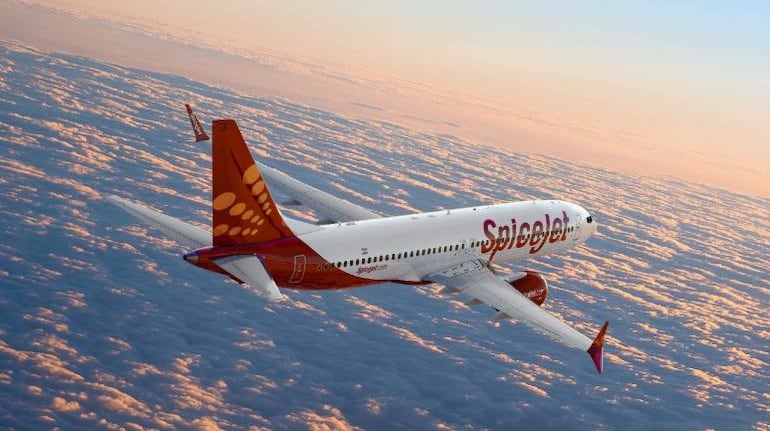



After IndiGo and Go First, the other airline that’s been making news recently was SpiceJet.
Social media was flooded with images of a letter calling for reporting sick on July 14. However, the airline stated that all its flights departed on schedule. Daily data released by the ministry indicated there was no impact on the airline’s operations.
SpiceJet has also been in the news for safety issues of late. A diversion to Karachi, a cracked windshield, and a turn-back for a faulty weather radar, all within a span of a few hours, had raised eyebrows.
Barring one slump for IndiGo, airlines have managed a consistent on-time performance, according to daily data released by the government. There’s no indication that passengers are shunning any specific airline. However, there has been a slump in total traffic and flights deployed.
While there is one school of thought that this is because of employee unrest, the numbers don’t lie and they also show a reduction in average loads, indicating that it is more seasonal in nature and possibly coupled with an uptick of Covid-19 cases in the country.
The most curious case, though, is that of SpiceJet, which came out with full-page newspaper advertisements stating how it has had the highest load factors in India in 84 of the last 85 months.
May 2022 was the best month so far in terms of domestic air traffic since flights resumed, with airlines carrying 12 million passengers. While SpiceJet continued with the highest load factor, it dropped to the No. 2 spot in market share, a place where it had firmed itself not very long ago. This drop clearly was because it didn’t deploy enough seats.
Data released by the Directorate General of Civil Aviation for May shows that SpiceJet utilised 52 percent of the slots approved for the summer schedule. IndiGo was the highest at 92 percent.
Traditionally, airlines rejig their flights – dropping some and adding others – over a scheduling season, but the difference is marginal and many times incremental, where slots go up by the end of the season. In this case, clearly SpiceJet either could not have its assets ready to be deployed or does not have the appetite to stand losses.

So how does SpiceJet remain so popular?
There are many ways of shoring up the load factor – the percentage of available seats sold. They include opening up many flights and then cancelling and combining flights a few days before departure. However, this creates a huge hue and cry and is not a sustainable method. The other way is to look for routes where traffic is consistent. In the case of SpiceJet, the answer is in monopoly routes, to an extent.
OAG Aviation’s schedule for July shows that SpiceJet has an operational schedule for 263 sectors in the country, 104 of which are monopoly routes, which is about 40 percent of its network.
IndiGo has an even higher percentage. The market leader has 756 planned sectors of which 433, or 57.3 percent, are monopoly routes.
Interestingly, SpiceJet's monopoly routes include many under the Regional Air Connectivity Scheme. Flights to Darbhanga in Bihar, for example, have been doing exceptionally well. With alternative travel options not convenient, passengers are willing to fork out additional cash. The same is true for Pakyong in Sikkim and Kandla in Gujarat, where there are limited alternative travel options.
Apart from this, SpiceJet has very limited frequencies on metro routes where it is a game of frequencies and not merely cost.
Time running out?
Everybody is in the business to make money. If an airline is not utilising the slots that it holds, airport operators lose revenue. While stricter slot guidelines were not followed during the pandemic, expansion plans by Air India and Vistara, which are financially stable under the Tata Group, along with newcomer Akasa Air and the return of Jet Airways are opportunities for airport operators to take back unutilised slots and reallot them.
This will have multiple benefits for airport operators and for passengers since additional flights translate to more options for passengers.
The answer to “Where will slots for Akasa and Jet come from?” lies in slot utilisation data. Some airports are not slot-constrained, with half their approved slots not utilised, but some airports, especially in the metros and tier I cities, are slot-constrained.
Time is running out - for SpiceJet to start operating its slots and for Akasa to start inducting and cornering unutilised slots.
Discover the latest Business News, Sensex, and Nifty updates. Obtain Personal Finance insights, tax queries, and expert opinions on Moneycontrol or download the Moneycontrol App to stay updated!
Find the best of Al News in one place, specially curated for you every weekend.
Stay on top of the latest tech trends and biggest startup news.